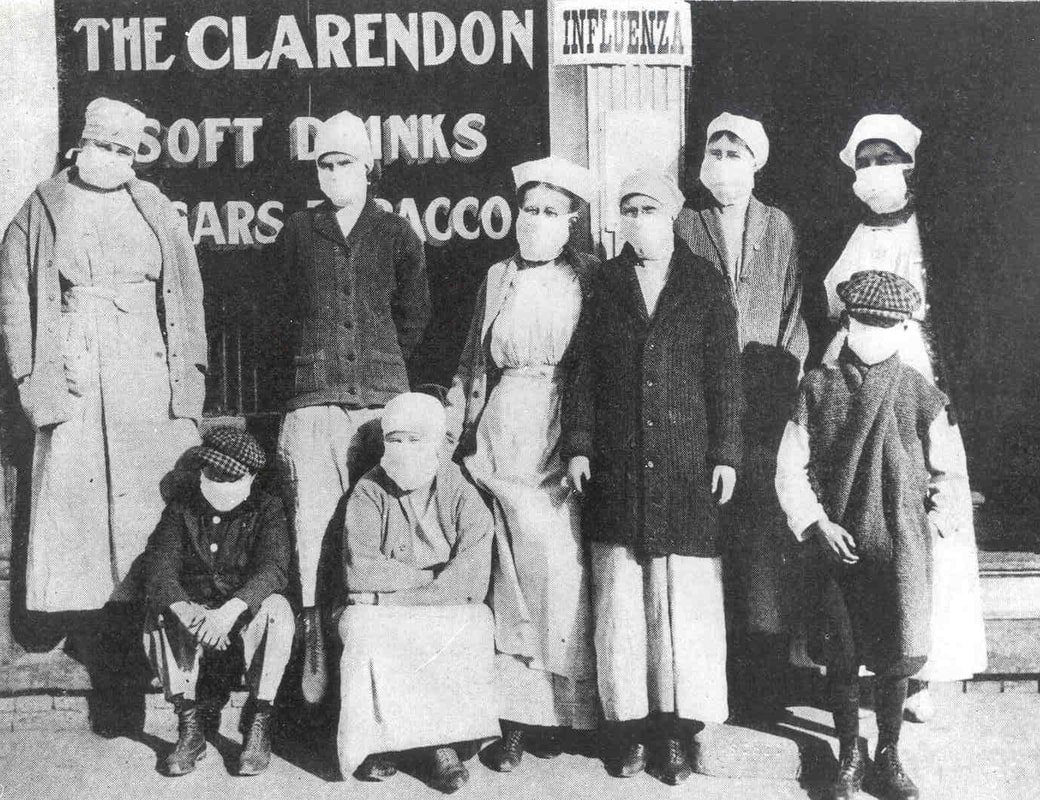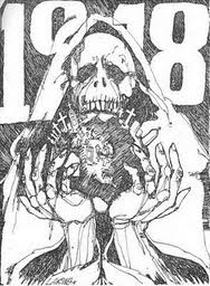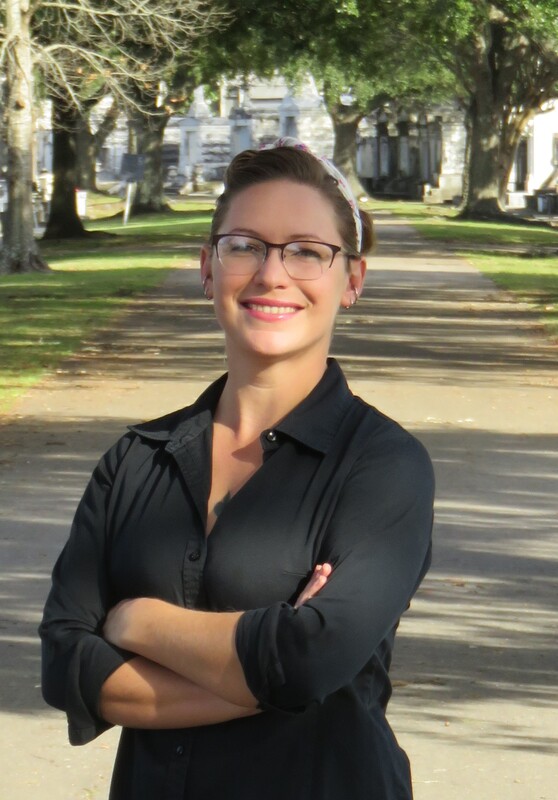|
How New Orleans weathered one of the greatest plagues in history. It’s nearly impossible to imagine a worldwide emergency like that which took place in 1918. Modern-day fiction and sci-fi writers have materialized similar fears – there is no shortage of post-pandemic fiction. For example, the HBO series The Leftovers posits a world in which two percent of the world’s population has vanished, the Max Brooks novel World War Z injects zombies into a frighteningly realistic image of how civilization would handle pandemic catastrophe. The list goes on. But we so often forget that something like this did happen. In 1918, a strain of pandemic influenza swept the globe three times, infecting millions and killing five percent of the world’s population. Medical science today cannot pin down exactly where it began. One prominent theory states that H1N1 influenza began with swine farms in Haskell County, Kansas in late January 1918.[1] Like other incidents of mutated influenza virus “jumping” from livestock to humans, it could have fizzled out in the local population. Yet nationwide mobilization in response to the United States’ entry into World War I meant that military camps were ubiquitous and population movement intensified. Influenza was transported to Camp Funston, Kansas, where it spread to other camps, other towns. The first wave of influenza traveled from the United States to Brest, France, in April 1918. Within the next month, it spread to Spain. Spain, neutral during World War I, was less likely to censor press reports of the disease. Hence, although the U.S., Britain, and France saw just as many cases of influenza, such incidents were not reported. The uneven press coverage created the appearance of the disease originating in Spain, giving it the incorrect moniker “Spanish Influenza.[2]” Influenza was documented in China and India by May 1918. The spring wave, however, was comparatively mild. The second wave of Fall 1918 would be devastating. As the summer of 1918 wore on and Allied victories in Europe continued, state and federal medical officials assumed disaster had been averted.
Attempts to quarantine the sick and curb the spread of influenza were often thwarted by the pressures of total war. In one especially salient instance, insistence from upper-crust social circles in Philadelphia caused medical leaders to allow a War Bonds parade to take place, despite the mounting evidence of an influenza epidemic. New cases of the illness soared in the days after this large public gathering. In metropolitan areas, the flu jumped from military to civilian populations, and then spread.
One hundred years ago this month, influenza arrived in New Orleans.
5 Comments
|
About the Author:Emily Ford owns and operates Oak and Laurel Cemetery Preservation, LLC. Archives
November 2019
Categories
All
|
- About
-
Restoration
- Services
-
Portfolio
>
- Turning Angel Statue, Natchez, MS
- Ledger Monument, Baton Rouge, LA
- Pyramid Statuary, New Orleans, LA
- Bronze and Granite Monument, Carville, LA
- Box Tomb, New Orleans, LA
- Vernacular Concrete Monument, Pensacola, FL
- 1830s Family Tomb, Covington, LA
- 1850s Family Tomb, New Orleans, LA
- 1880s Family Tomb, New Orleans, LA
- Headstone and Monument Restorations, Pensacola, FL
- Society Tomb, New Orleans, LA
- Education
- Blog
- Contact
|
Oak and Laurel Cemetery Preservation, LLC is a preservation contractor in New Orleans, Louisiana, specializing in historic cemeteries, stone conservation, educational workshops and lectures. Oak and Laurel serves the region of the Southeastern US.
|
QUICK LINKS |
CONNECT |
Proudly powered by Weebly




